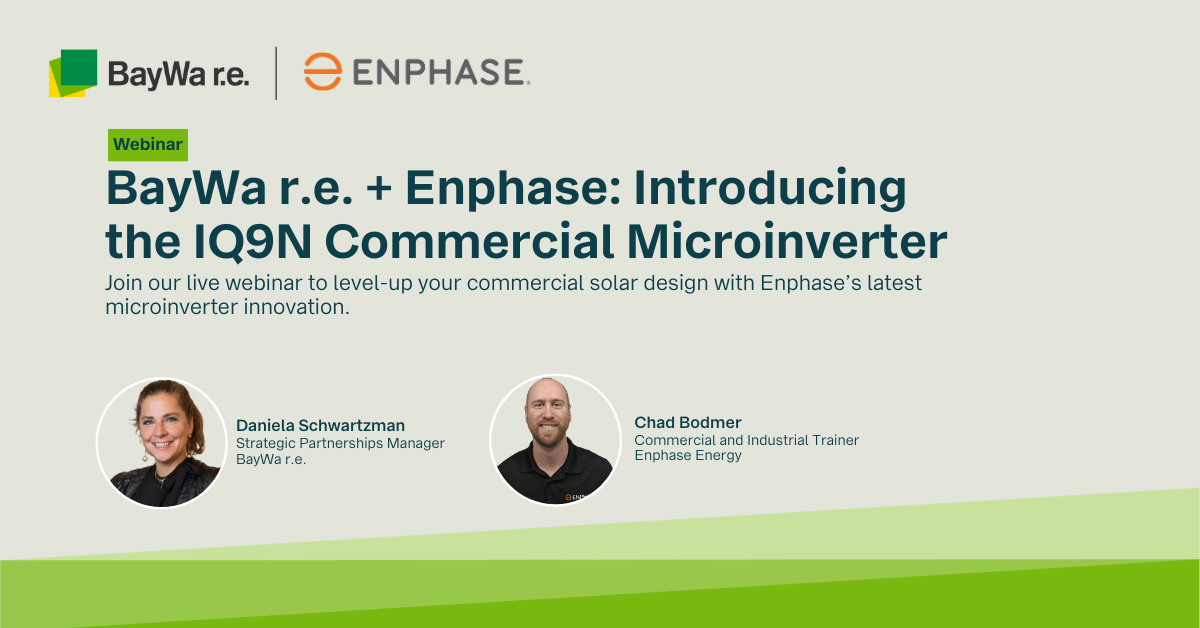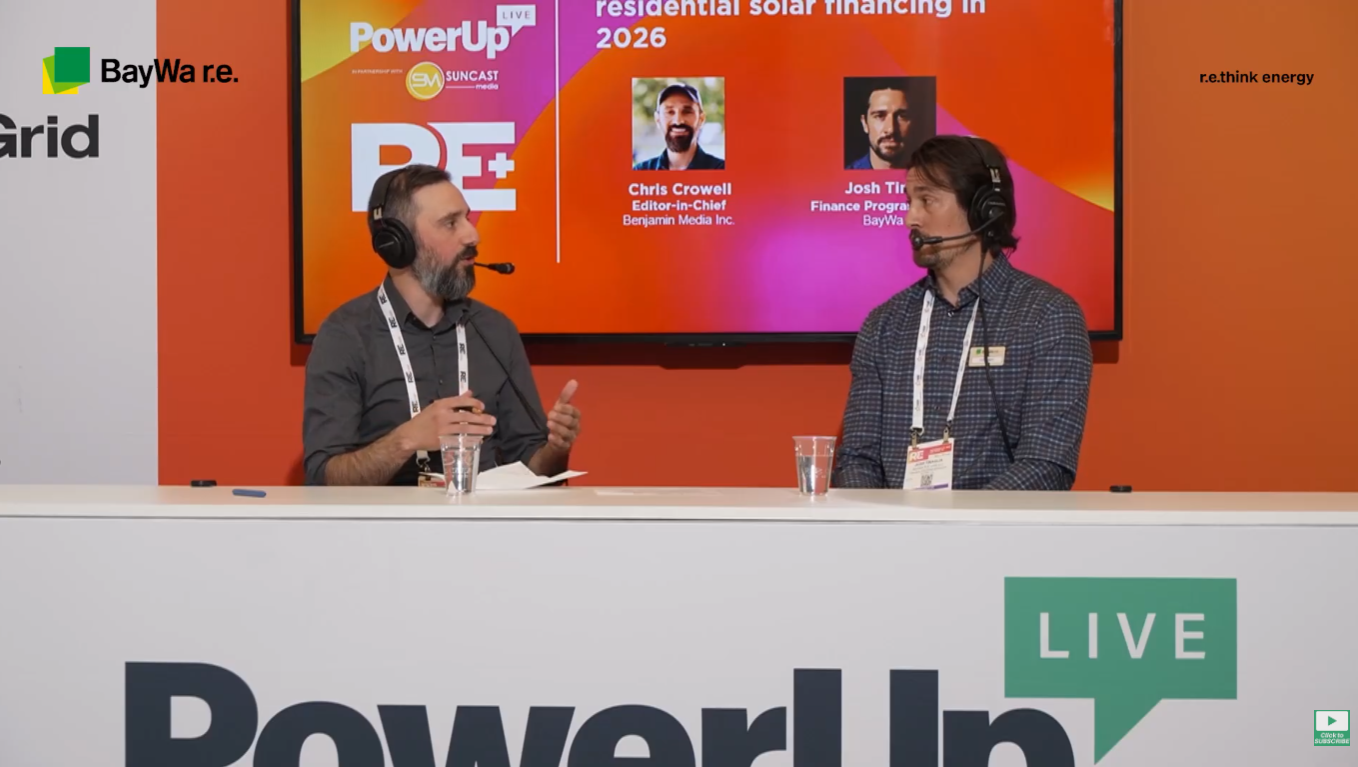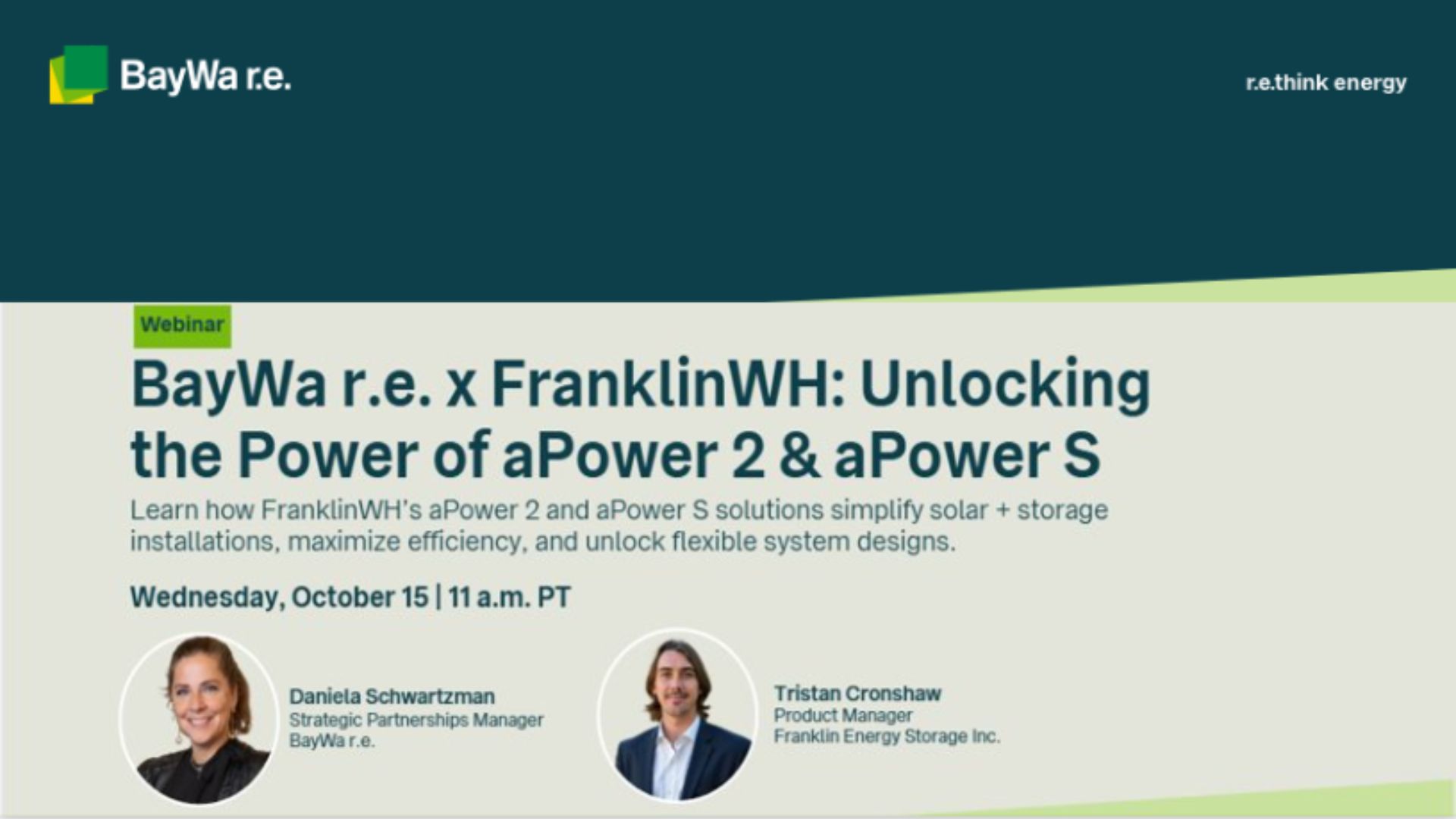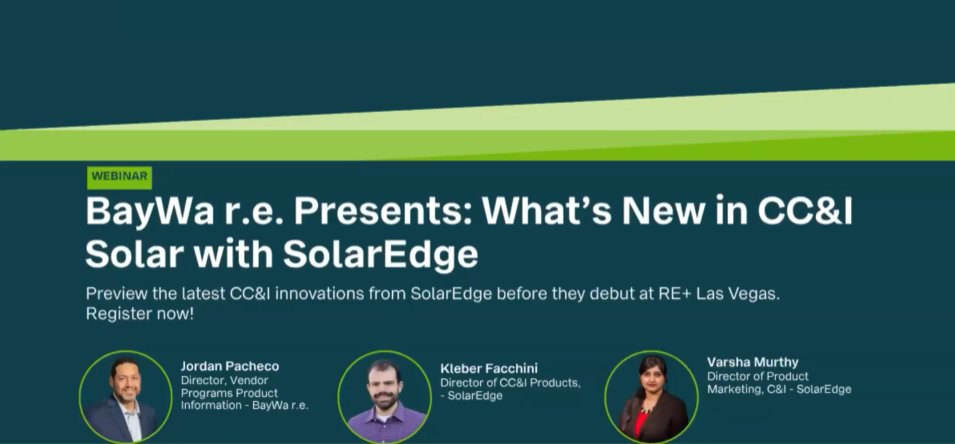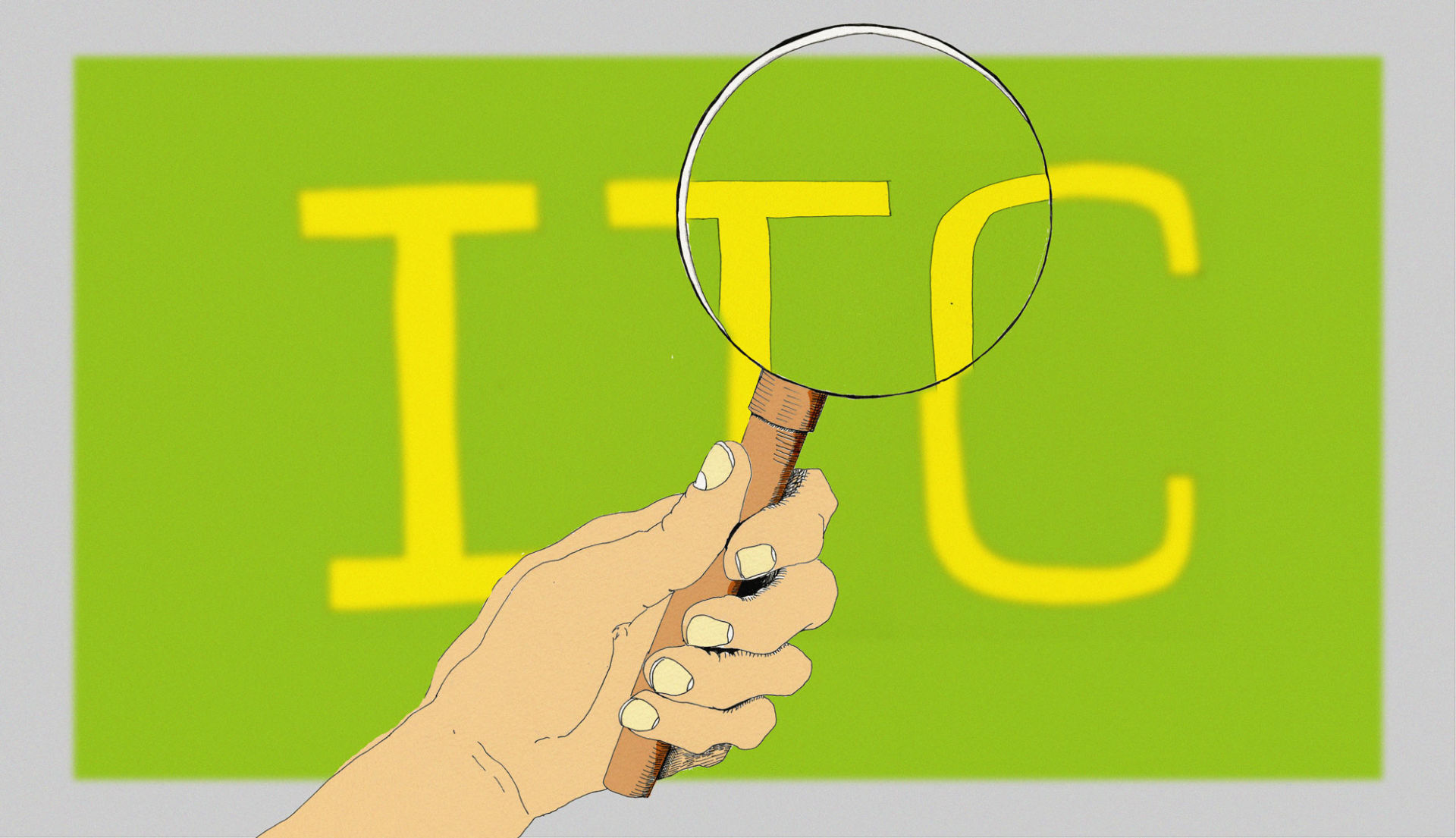
Illustration – Tom Miller
For the past two and a half years, solar projects have qualified for the 30 percent Federal Investment Tax Credit (ITC) at the point when they commence construction, meaning they can complete financing, permitting, procurement, and other pre-construction activities fairly late in the year and still secure the tax credit. This provision, introduced in the 2016 Consolidated Appropriations Act, gave developers more leeway than previous guidelines, which said a project must be placed in service before it qualifies for the tax credit.
There was just one problem. Nobody had a crystal-clear understanding of what would satisfy the Internal Revenue Service (IRS) if there’s any question about when construction on a project has commenced. On June 22, the IRS clarified the rules in a 32-page guidance on what it means to start construction for the purposes of the ITC.
Experienced renewable energy developers and attorneys specializing in project finance will recognize the framework adopted for the ITC. It’s very similar to the approach for wind energy projects claiming the Federal Production Tax Credit.
If there’s any question about when construction has commenced, the IRS uses two evaluation methods: a physical work test and a 5 percent test. In either case, projects first need a binding construction contract.
Under the physical work test, work performed must be integral to electricity generation. Work on transmission equipment and buildings don’t count. Mounting system installation does. Off-site assembly of system components may also count if they are clearly earmarked for a specific project, not to be held as inventory. With the physical work test, the IRS focuses on the nature of work rather than the quantity or cost of the work.
Under the 5 percent test, a project must incur at least 5 percent of the total project cost. Once again, the standard applies to portions of the project that are integral to electricity generation, not transmission equipment or any building construction. It’s a good idea to incur slightly more than 5 percent of costs when using the 5 percent test. If the project goes over budget, those initial expenses drop proportionally. Keith Martin, a partner at Norton Rose Fulbright, says “most developers try to incur at least 7 percent of the project cost in order to provide a safety margin.”
Another key provision in the IRS guidance is the continuity safe harbor deadline. In general, projects are expected to demonstrate continuous work after construction has commenced. The continuity safe harbor provision says if a solar project is placed in service no more than four calendar years after construction began, there is no need to show continuous work.
The publication of the IRS guidance brings relief for the industry. Years ago, when projects had to be placed in service to qualify for the ITC, business activity would slow down toward the end of the calendar year once developers knew they could no longer meet the deadline. Without clarity on what it means to commence construction, developers were growing hesitant to plan projects for the end of 2019, when the ITC drops from 30 percent down to 26 percent in 2020. It would be too risky to structure financing for a large-scale project without knowing if the IRS would later challenge the project’s construction start date.
For commercial projects, the ITC drops further to 22 percent in 2021 and 10 percent from 2022 onward. For residential projects, the ITC follows the same phase down with one exception. After 2021, the tax credit for residential projects disappears altogether.
Greentech Media, citing a Credit Suisse analysts’ note to investors, points out that project developers can now attempt to thread the needle by commencing construction in time to claim the full 30 percent investment tax credit and push back some of their module procurement to minimize the impact of import tariffs. This strategy may also allow developers to benefit from future component cost reductions.
John Marciano III, a partner at Akin Gump Strauss Hauer & Feld, has said the 5 percent test technically is the easiest path for solar projects. However, the 5 percent test is also probably the more expensive path, and it carries the risk that equipment purchased for grandfathering purposes becomes outdated before a project can be deployed. See Marciano’s post for further commentary. Though written before the IRS guidance, Marciano correctly anticipated many aspects of the decision.
In a statement, SEIA President and CEO Abigail Ross Hopper thanked “congressional supporters who worked tirelessly to encourage the Treasury Department to release this crucial guidance document in a timely manner including: U.S. Senators Rob Portman [R-OH], Maria Cantwell [D-WA], Dean Heller [R-NV] and Ron Wyden [D-OR], and Congressmen Tom Reed [R-NY] and Patrick McHenry [R-NC].”
